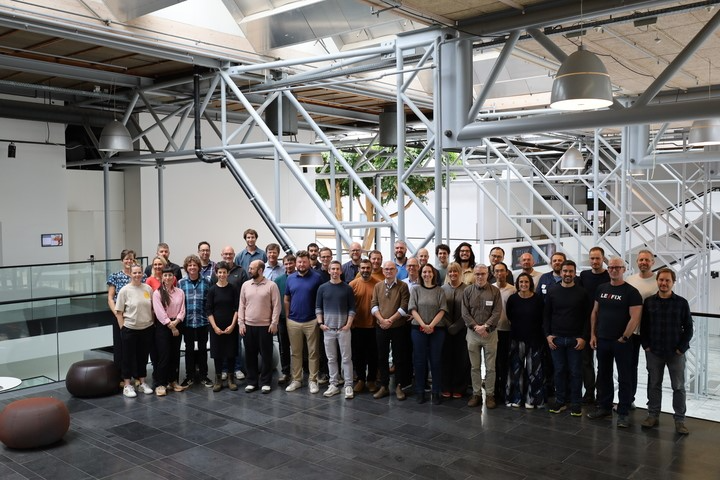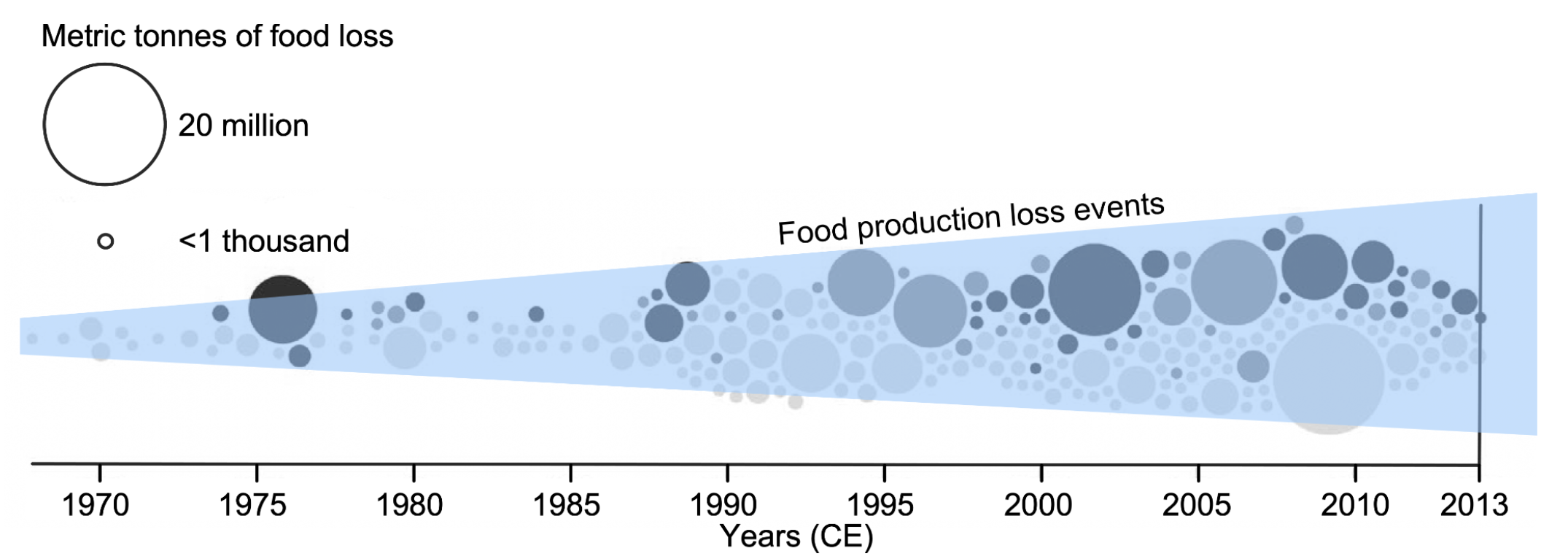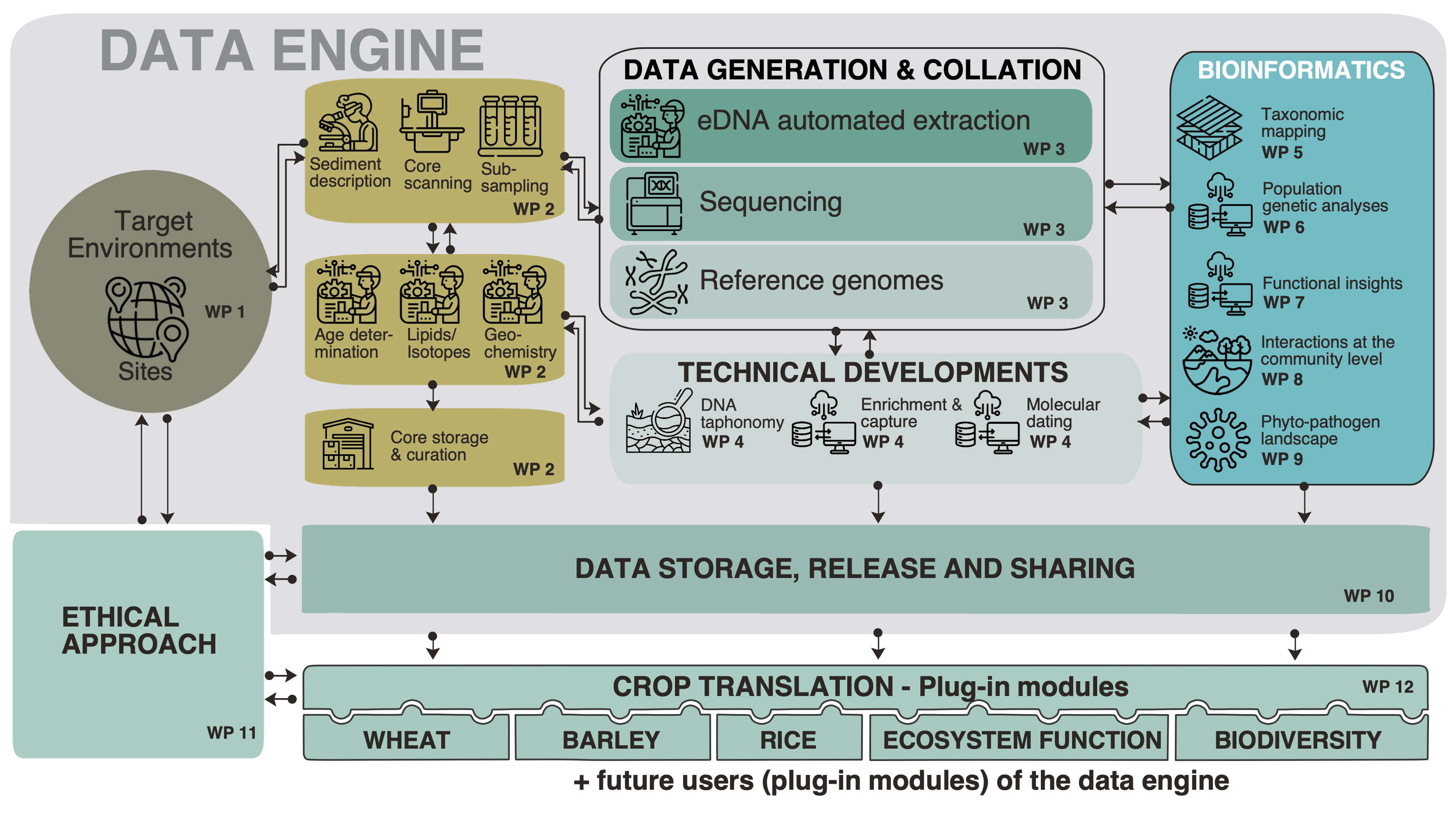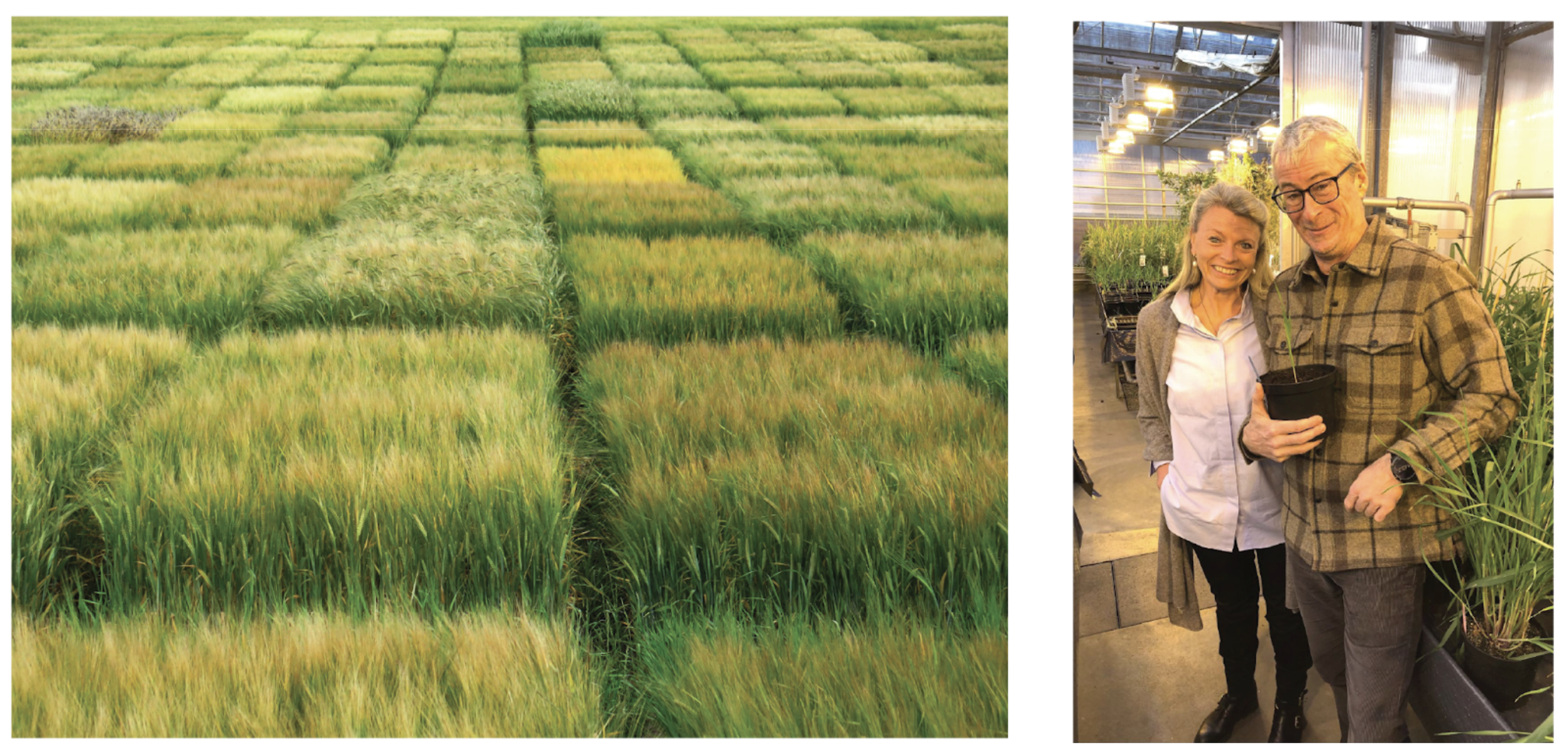From the Past to the Plate: Harnessing Ancient DNA for Future Food Security
A Bold new era in sustainable agriculture
The Ancient Environmental Genomics Initiative for Sustainability (AEGIS) is a groundbreaking research initiative that seeks to revolutionize agriculture by leveraging ancient environmental DNA (eDNA). In both scientific ambition and funding levels, the scale of AEGIS is unprecedented. Supported by the Novo Nordisk Foundation and Wellcome Trust, AEGIS aims to develop climate-resilient crops and sustainable agroecosystems by unlocking genetic adaptations of plants and microorganisms from the past. Led by Professor Eske Willerslev, the project integrates paleogenomics, bioinformatics, and artificial intelligence to decode historical responses of plants and ecosystems to climate change, thereby shaping the future of food security.
 AEGIS partners in their first workshop in October 2024
AEGIS partners in their first workshop in October 2024
Climate change and food Security
With climate change threatening global food production, agricultural sustainability is at risk. The Intergovernmental Panel on Climate Change (IPCC) predicts that by 2050, 10% of the world’s crop and livestock areas will become unsuitable for agriculture, increasing to over 30% by 2100. Current monoculture-based cropping systems, though optimized for today’s environment, lack genetic diversity and resilience to changing conditions. These systems rely heavily on chemical fertilizers, pesticides, and irrigation, which contribute to soil degradation, biodiversity loss, and increased vulnerability to extreme weather conditions.
 Frequency of climate-related food production losses in crops, livestock, fisheries and aquacultures. Modified from IPCC sixth assessment report (2023)
Frequency of climate-related food production losses in crops, livestock, fisheries and aquacultures. Modified from IPCC sixth assessment report (2023)
“Ancient DNA unlocks nature’s long-forgotten solutions, offering a blueprint for creating crops that can thrive amid the challenges of a warming world.”
Why current agricultural solutions are falling short
Present efforts to combat agricultural challenges focus on genetic modification and selective breeding, based on contemporary genetic resources. However, this approach is constrained by:
- Limited genetic diversity due to centuries of selective breeding.
- Short-term ecological studies, which do not capture the full range of possible adaptations and biodiversity.
- Uncertainty in identifying key genetic traits for resilience in changing climates.
Nature has already conducted countless evolutionary “experiments” over millennia. By analyzing ancient eDNA from sedimentary archives, AEGIS can reconstruct historical ecosystems, identifying lost genetic traits and species interactions that enabled plants to withstand climatic shifts. A single gram of soil can reveal billions of DNA fragments from past organisms, offering an unprecedented look into past microbial, plant, and animal communities.
Harnessing eDNA for agricultural innovation
AEGIS aims to retrieve and analyze ancient plant and ecosystem DNA to uncover lost genetic adaptations that can enhance crop resilience today. Key focus areas include:
- Exploring past changes in ecosystems due to climate fluctuations.
- Studying the evolution of key crops such as barley, wheat, and rice under different climatic conditions.
- Identifying adaptive native genetic traits from ancient plants that can be reintroduced into modern crops.
- Developing innovative breeding strategies based on nature’s own solutions to environmental stressors.
Building a global research infrastructure
A global hub for environmental genomics is being established at the University of Copenhagen, featuring a data engine to process, analyze, and make eDNA data publicly accessible. The initiative is a collaboration between universities and research institutions across the world and will also include plug-in projects and bioinformatic tool development to ensure large-scale implementation of findings.
 At the heart of the AEGIS project is a data engine
At the heart of the AEGIS project is a data engine
Proof of concept: Bringing ancient crop traits back to life
AEGIS has already made significant breakthroughs. In an early experiment, researchers retrieved 2-million-year-old eDNA from Arctic Kap København Formation sediments in Greenland. This analysis uncovered a unique ancient blue-light receptor gene (CRY2) in poplar trees, which could potentially enhance light adaptation and stress tolerance in crops. Using modern gene-editing techniques, researchers introduced this adaptation into barley, a crucial staple crop, to test its impact on growth and resilience.
 Side and top views of CRY2.2 (transparent) and BIC2 (blue) protein homology model with predicted inter-protein salt-bridge interaction residues from CRY2.2 and BIC2 highlighted in orange and green, respectively. Arg309 and Asp124 predicted salt-bridge partners are highlighted in yellow and red, respectively
Side and top views of CRY2.2 (transparent) and BIC2 (blue) protein homology model with predicted inter-protein salt-bridge interaction residues from CRY2.2 and BIC2 highlighted in orange and green, respectively. Arg309 and Asp124 predicted salt-bridge partners are highlighted in yellow and red, respectively
Impact and future vision: Transforming agriculture for a changing world
AEGIS represents a paradigm shift in agriculture. By integrating historical biodiversity data with modern genomic tools, AEGIS aims to enhance global food security while preserving biodiversity. The initiative aligns with the Nagoya Protocol, ensuring ethical and equitable use of genetic resources.
Through its innovative approach, AEGIS has the potential to transform food production, enabling the development of self-sustaining, climate-resilient cropping systems. By uncovering the genetic blueprints of the past, AEGIS offers a roadmap for sustainable agriculture in an era of climate uncertainty.
 A barley test field (left) with diverse FIND-IT variants for trait evaluation and Eske Willerslev with Birgitte Skadhauge in the Carlsberg Research Lab (right) holding the first AEGIS FIND-IT barley variant with the Kap København-inspired blue light receptor trait
A barley test field (left) with diverse FIND-IT variants for trait evaluation and Eske Willerslev with Birgitte Skadhauge in the Carlsberg Research Lab (right) holding the first AEGIS FIND-IT barley variant with the Kap København-inspired blue light receptor trait